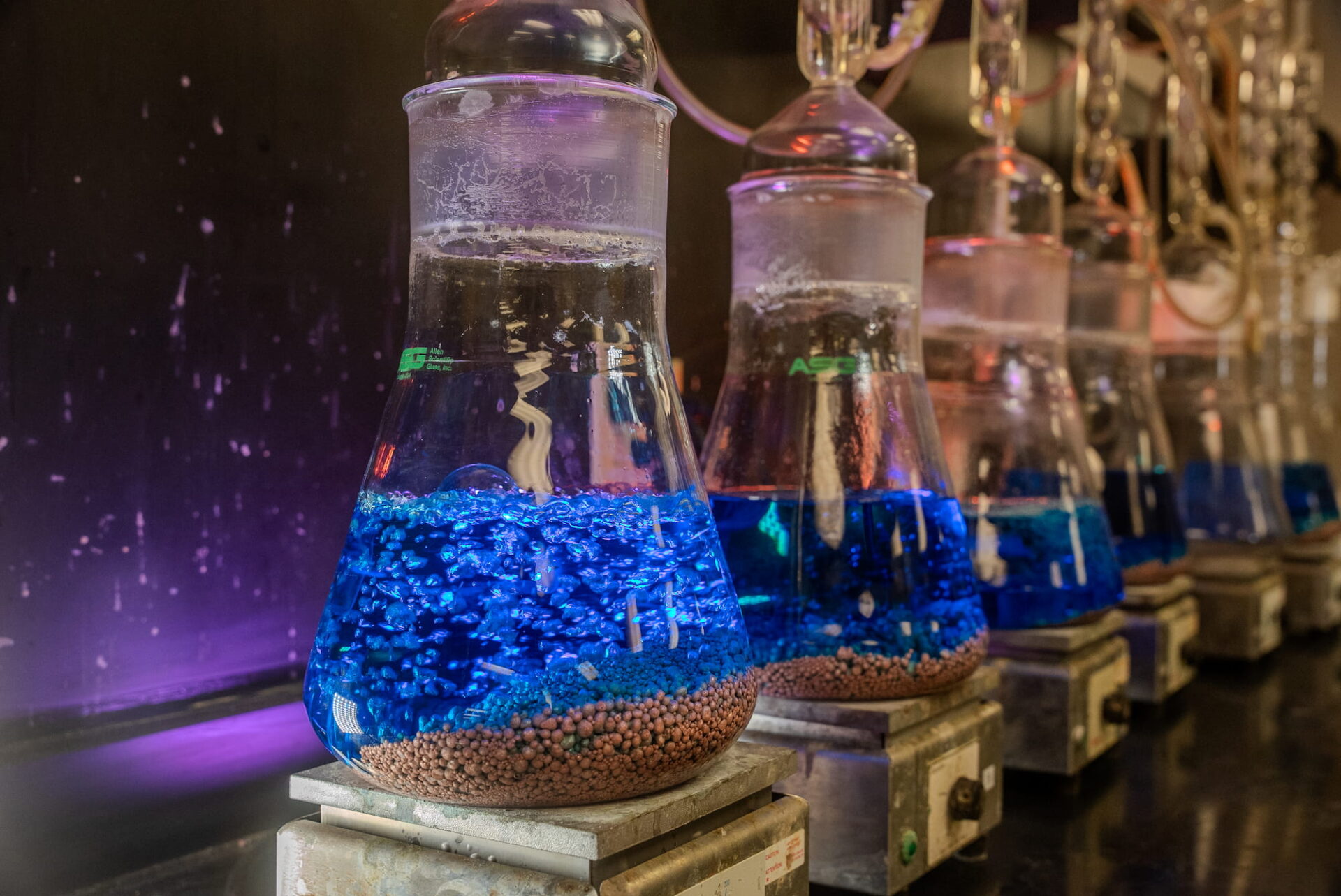A Well-Planned and Managed Quality Control Program
When you need chemical analysis services, you expect to receive accurate testing and results, but not all laboratories provide the same level of reliability. A well-planned and managed internal quality control program is vital to ensuring that accurate results are reported. A lab’s quality program may include the following:
- Accreditation of analysis methods which confirms that proper test procedures are followed.
- Routine calibration of chemistry instruments.
- Participation in “round robins” where a number of laboratories analyze identical samples in order to determine the precision of each reported parameter in the test
Documentation and Verification from Start to Finish
Also, there needs to be a level of quality control, on a daily basis, during routine order processing. It’s extremely important for a laboratory to document and verify at every opportunity to avoid errors and ensure that their customers receive accurate testing and results. There are generally numerous processes that need to be completed in the lab from receipt of an order until the test results are documented in a certification for the customer. If not handled properly, these steps leave opportunity for human error.
A high-quality lab will have a system of checks and balances in place to ensure that all orders are processed according to the customer’s expectations and the applicable specification requirements. This needs to begin when the order is received and not let up until the analysis is completed and the results are documented and sent to the customer.
The following process is a highly reliable and efficient example. Similar steps can and should be applied by any laboratory with a quality focus.
Receiving Department:
Upon receipt of a sample, a purchase order and/or other paperwork for an order, use photos and scanning to make digital copies of everything. The files should be saved with a unique tracking number that is also applied to the physical materials that were received. This will provide easy-reference documentation of the complete order and will be helpful if items become separated later while moving through the lab.
Order Entry:
Enter all details of the order into the laboratory’s testing software along with the order’s unique tracking number.
Engineering:
Verify that the sample, paperwork instructions and tracking number all match the information that was entered into the system during order entry. Add test codes and any applicable sample preparation or machining instructions to the order.
Machining / Sample Preparation:
While reading all details of the machining or sample preparation instructions that need to be completed, this is another opportunity to verify that the tracking numbers on the sample and paperwork match. Enter the tracking number into the software program on any CNC machines used to prepare the sample for analysis to link the machining with the order.
Chemical Analysis Lab:
Once the sample is ready for analysis, the quality control checks need to continue in the Chemical Analysis Lab. While the technician is reviewing instructions on the test method to be performed, the sample, paperwork and tracking number should again be checked for accuracy. This unique number should be entered into the test instrument’s software program before the analysis is performed to link the data and test results. Another technician can double check the completed work to confirm everything is in order.
At times, a specimen fails to meet the test requirements. This is a perfect opportunity for another double check of all preparation and testing performed by the lab to be sure all instructions and procedures were followed correctly.
Certification:
With all of the documentation and verification performed throughout all previous stages of order processing, the information provided to the certification staff should be complete and reliable. Customers will have peace of mind that their certification contains accurate test results.
Your service provider’s internal quality control program will determine their level of reliability. Asking what a lab will do to ensure you receive accurate test results is a sensible first step in selecting your lab for chemical analysis.
Related Articles
How Small a Defect Can UT Find
Customers often ask LTI how small a defect ultrasonic testing (UT) can find. This question is very difficult to answer…
Ethics in Laboratory Testing
What could be more important than ethics in the world of materials testing? Testing laboratories have an obligation to adhere…
Spectroscopy Explained
In our new article titled “Spectroscopy Explained”, you’ll learn how chemical testing is performed to answer many questions about material…
Third-Generation Family Member Becomes President
Passing the Baton After 25 years as president of Laboratory Testing Inc. (LTI), Michael J. McVaugh is retiring from the…
Promoting NDT to the Next Generation
Nondestructive Testing (NDT) helps ensure the reliability and safety of materials and products manufactured by many industries, yet it’s a…
FAQs About Testing Forged Metal Parts
Forged Metal Parts FAQ Material testing is necessary for forged metal parts, but not all tests are equal. The big…

